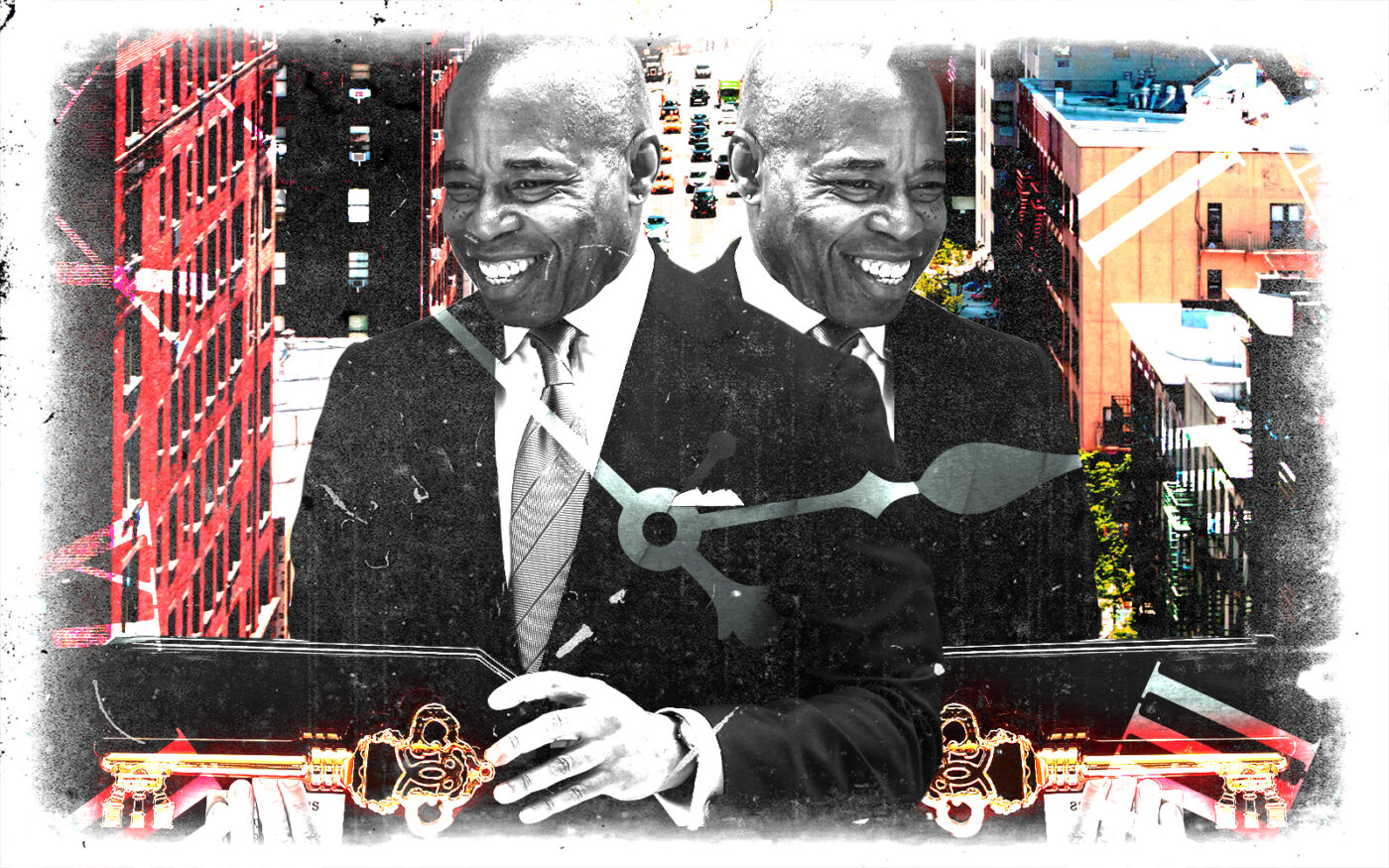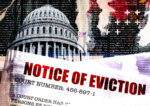 Grading Mayor Adams on real estate
Grading Mayor Adams on real estate
Trending
Pilot project to rehab rent-stabilized units is months behind schedule
Landlords say delay pushes back realization that it won’t work

When the Adams administration announced an initiative in April to fix up vacant, rent-stabilized units, landlords lamented that its $10 million budget wasn’t nearly enough.
But that would have been better than nothing, which is what the “Unlocking Doors” program has doled out so far.
One landlord group said the problem with the delayed rollout is not that the money would make a huge difference, but that now it will take longer for the city to realize the program won’t work.
“Housing providers have not been interested in the program because of the restrictive parameters,” said Jay Martin, executive director of the Community Housing Improvement Program.
The city initially projected the pilot would launch this summer. The new target date is sometime in the coming months, a spokesperson for the city’s Department of Housing Preservation of Development said, citing the city’s rulemaking process for the delay.
The program aimed to reach only 400 of the city’s tens of thousands of empty stabilized units, and its per-unit spending limit would not nearly cover a gut renovation. However, it could help city officials understand the scope of the vacancy problem and what to do about it.
Unlocking Doors promises up to $25,000 per unit to help owners repair apartments that have sat vacant for at least two years. Landlords blame the 2019 rent law for those empty units, claiming the legislation’s $15,000 cap on recoupable repair costs forced them to hold run-down apartments off market.
To those landlords, the initiative is a nearly meatless bone thrown their way.
Owners say repairs to get a long-vacant apartment back online can range from $70,000 to $120,000. An Independent Budget Office study found just over 13,000 units have been vacant for two years. All told, some 40,000 to 60,000 of the city’s roughly 900,000 rent-stabilized apartments are vacant.
Conceivably, the number of Unlocking Doors applications the city receives and how much the renovation funds accomplish could shed light on an issue that has become a he-said, she-said between landlords and legislators.
“We look forward to more robust conversations with the mayor’s office to create a more legitimate solution,” Martin said.
Landlords and their lobbying groups should get that shot next month. The city has scheduled a public Zoom hearing on the program Sept. 15.
In the meantime, HPD, in line with some legislators, has stood firm in its stance that the vacancy problem isn’t as widespread as landlords claim.
Read more
 Grading Mayor Adams on real estate
Grading Mayor Adams on real estate
 Landlords say new vacancy study supports their claims
Landlords say new vacancy study supports their claims
 20,000 vacant units? Try triple that number
20,000 vacant units? Try triple that number
“While there are very few vacant low-cost or rent-stabilized apartments in the city, any unit that could provide a home to a New Yorker in need is a priority for this administration,” HPD press secretary William Fowler said in a statement.
The agency pointed to the IBO study, which found 42,000 vacant rent-stabilized units in 2022, a 30 percent drop from the 60,000 in 2021.
Landlords said the report showed the number of units empty for two years had risen by 8 percent during that same period, supporting their claim that the rent law makes rehabbing them impossible.




